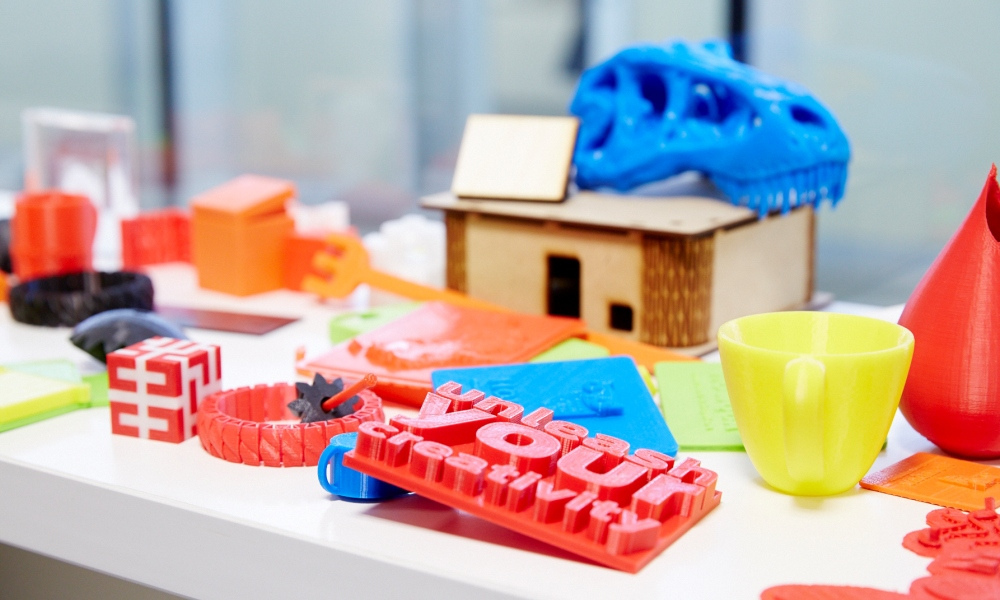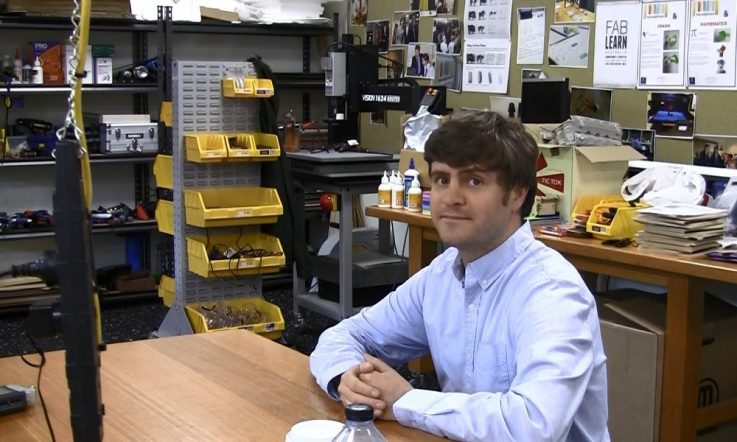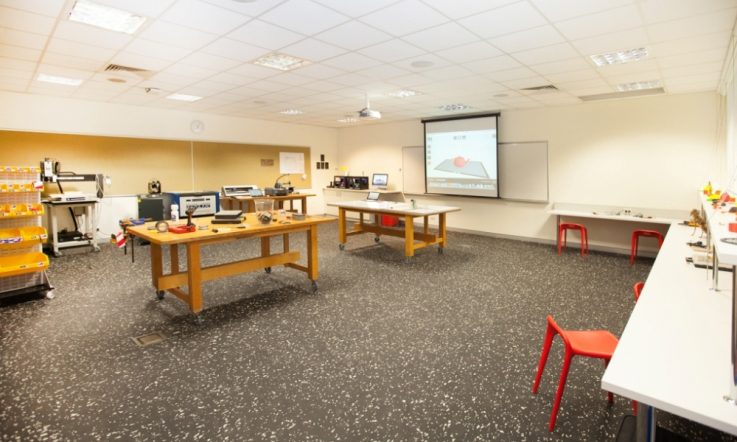In 2015 Teacher brought you news of how one school is using a digital fabrication lab to engage girls in Science, Technology, Engineering, the Arts and Maths (STEAM). One year on, Editor Jo Earp catches up with Principal Susan Just to reflect on the benefits and ongoing challenges.
It's the end of another exciting visit to the digital fabrication laboratory for Year 7 students at Melbourne's Lauriston Girls' School as they work with US educator and ‘tinkerer in residence' Jaymes Dec to design and make magic lanterns.
Principal Susan Just says the youngsters agree that the lanterns are ‘very cool' – combining everyday objects with computer programs and electronic circuitry – but the real benefit of the FabLab projects can be found in the process, rather than the end product. ‘[It's] the design thinking process, the process of making, the process of problem-solving. It's those skills that you can actually transfer to any aspect of a career.
‘The process is about being able to have enough resilience to know that if you make a mistake you can fix it, that you might have to persevere and go back the four steps you've already gone but it's worth it because you will in fact get it right, you will in fact sort out what it is that you wanted to do. Then, when you've done it, you feel this enormous sense of satisfaction.'
Lauriston introduced its FabLab at the start of 2014, with the aim of ‘fostering creativity by combining curiosity, experimentation and play with technology'. Reflecting on the journey so far, Just says there have been many pluses. ‘We have seen our girls from Prep do some amazing things in being able to take a design that they've drawn on their iPad and have the laser cutter cut that out – and for them to see that maybe their design wasn't perfect and that they had to go back and rethink it.
‘Having our Year 10 elective, which we started in 2014 – how we've seen that change … [and] the fact the girls are driving the change. So, it's not just about “build a sustainable house and have an Arduino board that allows the fan to go on at a particular temperature”. Last year a girl wanted the doorbell to ring, so she and the other girls started thinking about all these problems and they had to learn to persevere.'
Taking a STEAM rather than STEM approach also means a focus on art. In the last two years students have incorporated use of the laser cutter, 3D printer and lino cutter into to their final pieces for an International Baccalaureate and Victorian Certificate of Education exhibition.
Importantly though, Just is equally willing to talk about the challenges. These include increasing cross-disciplinary use of the FabLab. It's already happening with Maths, Science, Art and Geography but Just would like to see those subject areas use it even more and the involvement of English and History too. She adds that's about continuing to offer PD to support staff in planning open-ended activities and using the equipment (Dec and Anna Keune, a Graduate Research Assistant in Learning Sciences at Indiana University's Creativity Labs, worked with both staff and students during the tinkerer in residence program) but also finding time to plan and reflect in a busy curriculum.
‘Geoff Masters wrote a very interesting piece that we've been reading this week about the fact that children don't all progress in a lock step fashion, and I think that we have to start thinking along those lines. We have to start measuring progress not in terms of “she's finished x number of units and completed what Year 9 is supposed to complete” but “she has made progress in these areas”. If we can do that, if we can look at the curriculum in terms of the progress that individual students make, then we will have time for … digital fabrication, or making, or problem-solving in other ways, or using technologies, or just using our critical thinking skills.'
Just says staff are continuing to work on how to assess and measure the learning that happens in the FabLab, aside from the finished product – including the ability of students to think critically, problem-solve and persevere. ‘We're thinking about what we want to do next year and how we can continue the process.' Whatever the future holds, the Principal is in no doubt about the need to offer girls STEAM learning opportunities. ‘I believe that we have to, from Kindergarten and Prep right through, allow girls to use digital fabrication, making, coding, all these elements … in order for them to be prepared for the next portion of their lives and to be prepared for a very ambiguous world.'
How are you working to increase student engagement in STEM and STEAM?
Think about a topic you’re covering next term. Are there opportunities for you to plan cross-disciplinary projects with teachers in other subject areas?
In design projects, are you assessing the learning that’s happening during the process as well as the finished product?
The theme of the ACER Research Conference 2016 is Improving STEM Learning: What will it take? The conference takes place in Brisbane from 7 to 9 August. To find out more and to take advantage of early bird registration for the event click on the link.



